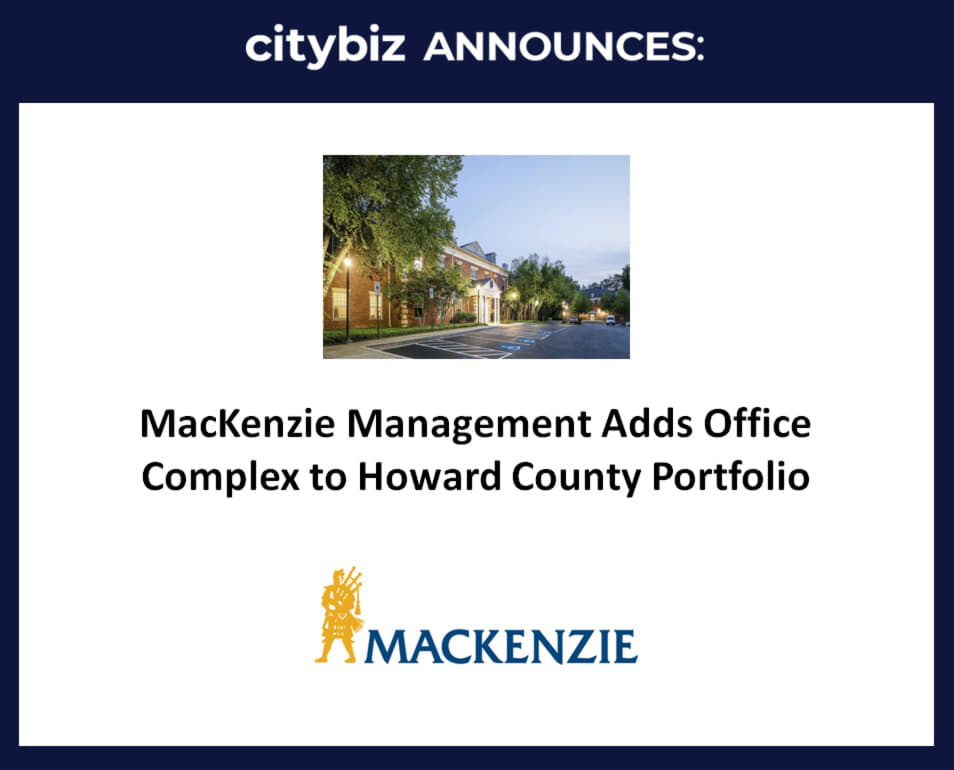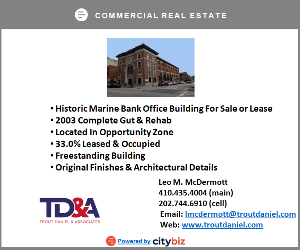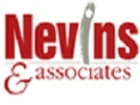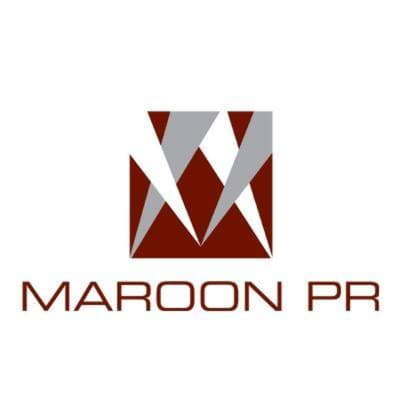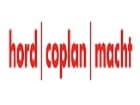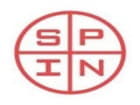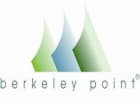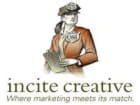Executives speak to regional manufacturers and business leaders at event hosted by SC&H Group and Merritt Properties.

Aimee Pasquariello, Vice President, Vytex Windows , Lori Burhauser, Principal, SC&H Group Donna Neimiller, CFO, Rockland Industries, Inc. (Photo Credit: SC&H Group)
By harnessing the power of new technologies such as cloud computing and robotics, the U.S. manufacturing industry — written off for years as nearly dead due to lower-cost international competition — can flourish again, but success will not come easily, a group of prominent industry executives from the Baltimore-Washington region explained today.
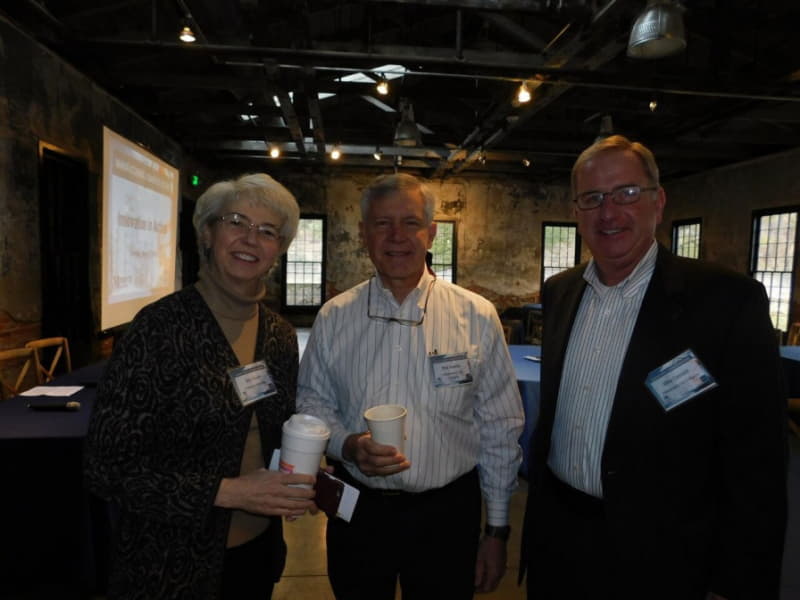
Ann Croom, President InSource Solutions Rick Huether, CEO, Independent Can Company Mike Castaldi, CFO, Independent Can Company (Photo Credit: SC&H Group)
New tools are revolutionizing what is possible in manufacturing, but figuring out which ones to use and how to fully exploit them to drive efficiency, innovation, and output is a complex process fraught with potential pitfalls, panelists told the audience gathered for Manufacturing a Smarter Future: Innovation in Action, an actionable information session co-sponsored by SC&H Group and Merritt Properties.

Mike Young, Director, SC&H Group Steve Jozwiak, COO, D Wheatley Enterprises, Inc. Brian Hensley IT Director, TIC Gums (Photo Credit: SC&H Group)
The future of manufacturing is bright in light of pathbreaking technologies, said Mike Castaldi, the CFO and COO at Independent Can Co. But, he cautioned, companies that add new tech tools to the toolbox should anticipate challenges.
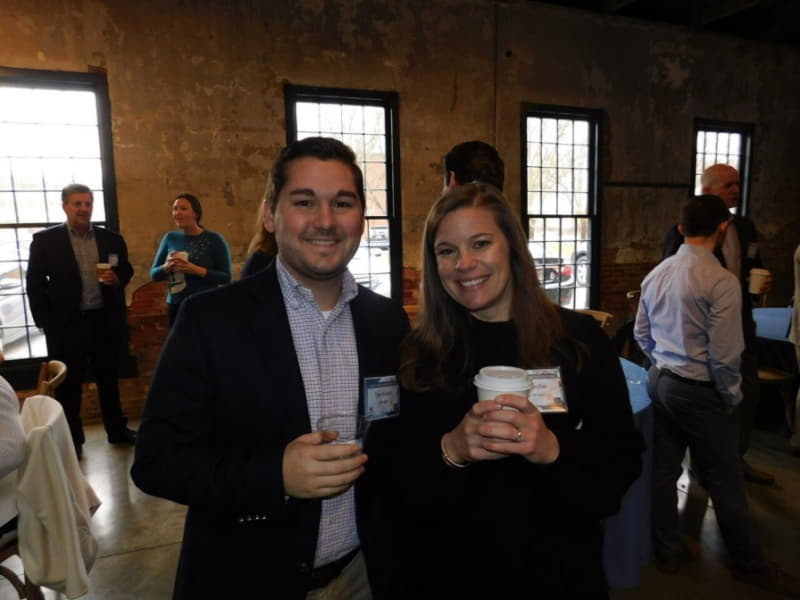
Tyler Burford, Marketing Director, MD MEP Sarah Sedlak, Business Development Manager, SC&H Group (Photo Credit: SC&H Group)
Castaldi and his fellow panelists — Mick Arnold, the CEO of Arnold Packaging; Brian Hensley, TIC Gums’ director of information technology, Ann Croom, the co-founder and president of consulting firm InSource Solutions — dedicated the session to sharing what they’ve learned about planning for, purchasing, and deploying new technology systems. Along the way, they imparted lots of do’s, don’ts, and what-to-watch-out-fors, based on their personal and professional experience.
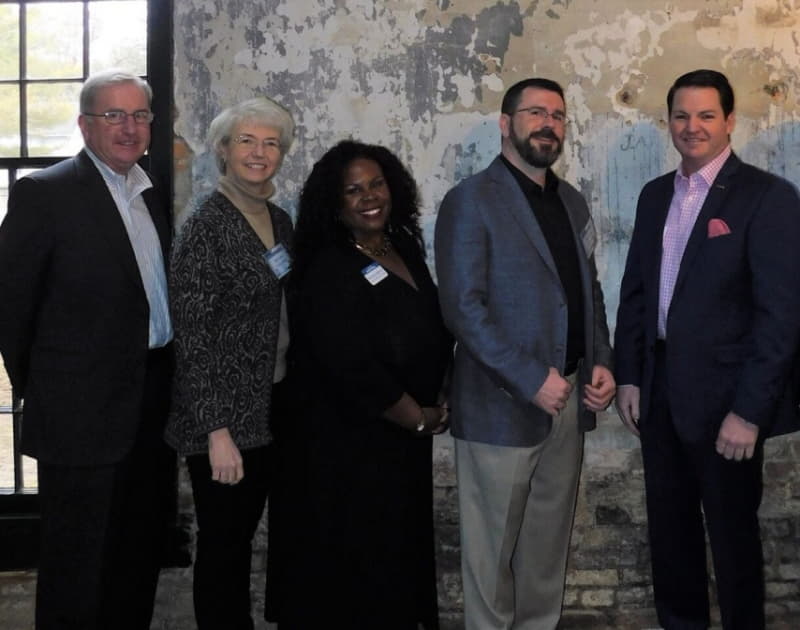
Mike Castaldi, CFO, Independent Can Company, Ann Croom, President, InsSource Solutions, Rhonda Pringle, Market President and Publisher, Baltimore Business Journal, Brian Hensley, IT Director, TIC Gums, Mick Arnold, CEO, Arnold Packaging (Photo Credit: SC&H Group)

Porter Whitman, Business Development, SC&H Group Adam Weinrub, President, Vytex Windows Jeff Bathurst, Director of Technology Advisory Practice, SC&H Group (Photo Credit: SC&H Group)
Their recommendations included:
Invest the time and energy to develop a thoughtful, thorough plan. The old saying that those who fail to plan are really just planning to fail holds true here, and in many cases with a price tag measured in the millions of dollars. There is perhaps no more important question to answer when considering new technology than “What is the business objective?” Whether the goal is to boost throughput, increase quality, or anything else, solutions can be tailored to achieve the desired result. Always keep the business outcome in mind, said Croom, who has worked with manufacturers for roughly 30 years. Also, executives should share what they’re trying to do with the entire organization. That common understanding can serve as a rallying point for all staff.
Assess your existing business process first, and refine if necessary. Executives would be well served by taking a very careful look at how their business truly operates and making sure the process is solid before implementing new tools, said Arnold Packaging’s CEO, Mick Arnold. Automating a bad process will only ensure that companies go in the wrong the direction twice as fast as before.
Start with an infrastructure that is stable, secure, and scalable. A company’s infrastructure is the equivalent of a home’s foundation. Build on a foundation of sand, and the structure above will be in peril from day one.
Just do it. Compared to foreign competitors, U.S. manufacturers have been relatively slow to adopt and implement sophisticated technology offerings. With the industry having reached kind of tipping point where the old ways are on the verge of obsolescence and the new ways are proven, the time is now.
“Don’t wait. Start investing now. This is proven technology,” said TIC Gums’ Brian Hensley. But of course, he added, go out with a plan. He and his colleagues spent three months formulating a blueprint and analyzing vendors and products.
One more thing: businesses don’t need to buy and deploy a full system, A to Z, all at one time. Companies can proceed incrementally, building on one new step after another. This approach enables organizations to take advantage of newer solutions as they come available.
Be committed. Citing his company’s experience with an enterprise resource planning (ERP) software rollout, Mike Castaldi of Independent Can Co. said businesses should expect roadblocks and discoveries of things they didn’t know at the outset of the initiative. Be open to learning and stick with it.
When it comes to ERP’s, the roadside is littered with companies that came up short. According to a 2015 survey by Panorama Consulting Solutions, 21 percent of companies characterized their most recent ERP rollout as a failure.
Provide training, prepare for some turnover, and listen to your people. Change brings pain. It’s just that simple. As one guest, an industry expert with many years of experience, pointed out: the only person who truly wants change is a baby with a wet diaper. New ways cause not only discomfort among long-time employees, but also the under-utilization of the new tools and processes. Independent Can Co., for example, delivers multiple days of training to staffers.
Unfortunately, some staffers will never get on board and will leave the organization. For this reason, companies should gear up for some departures, Mick Arnold said. However, tech adoption is not about workforce reduction, he added. Quality workers are in great demand and cherished by top-performing companies. Such people can be reassigned to positions that make better use of their talents and skills.
Moreover, technology can help drive employee engagement and satisfaction, Arnold said. Ask them what they love and hate about their jobs during the planning stage. If a company can increase the love and decrease or eliminate the hate, perhaps through the automation of mind-numbing, repetitive assignments, then everybody stands to win.
Make sure staff skills align with technology. As multiple executives pointed out during the session, there’s no point in collecting vast amounts of valuable data and information if there is nobody on staff who knows how to use it. Perhaps the next version of your company will require data analysts to get the most out of the new system.
Promote communication between the tech personnel and operations professionals. During her time working with various companies, Ann Croom has found a relatively common challenge: a divide been IT and OT, tech and operations staff. To optimize new systems, the two sides must work together. They need skills to bridge the divide. Provide it.
Case study:
Illustrating what new technologies can do to revolutionize a business for the better, Ann Croom delivered an account of one of her clients, a manufacturer of gas turbines. The company produces and ships sophisticated machines all over the place. The manufacturer now affixes sensors to the turbines and employs cloud computing to stay connected with them wherever they are. The company monitors them for maintenance needs and performance. No longer to do they need to wait for some kind of break-down to provide a tune up. With the help of algorithms, the manufacturer can anticipate issues. And, the manufacturer receives reliable information on exactly how customers are using its products. Who doesn’t want that kind of information, she asked?
Effectively summarizing the conversation, Brian Hensley of TIC Gums said successful deployment of technology can revitalize U.S. manufacturing and transform our nation from a manufacturing outsourcer into a manufacturing in-sourcer.
Said Ron Causey, the CEO of SC&H Group, the event’s organizer and co-sponsor: “We are committed to facilitating valuable conversations like this one and promoting the widespread distribution of best practices and insight to drive the success of manufacturers. For that reason, I thank everyone who participated in this event, and we look forward to seeing another great turnout at our next session.”
SC&H Group is looking forward to the next chapter in their Manufacturing a Smarter Future series. The series will continue to focus on providing lasting impact and education for the region’s vital network of manufacturers. SC&H Group believes it is a fundamental aspect of their businesses to help grow the manufacturing industry.
About SC&H Group
SC&H Group is a nationally recognized management consulting, audit, and tax firm serving clients from rapidly growing private sector businesses to Fortune 500 companies with global brands. The firm’s strategic practices provide the leading-edge thinking and advice that transform our clients’ businesses and help them outpace the competition. We embrace the future and help clients prepare, innovate, and evolve their businesses in this complex and highly competitive world. For more than 25 years, SC&H Group has demonstrated its commitment to delivering powerful minds, passionate teams, and proven results on each and every engagement. Learn more at www.schgroup.com.
About Merritt Properties
Merritt Properties is a full-service commercial real estate firm with nearly 16 million square feet of office space in more than 70 locations, making it the largest privately held developer in the Baltimore/Washington area in terms of commercial space owned and managed. With a mission of “Creating homes for businesses,” Merritt builds for the long-term and manages all of its properties internally. The company values trust, integrity, respect, and lasting relationship over short-term gain.


